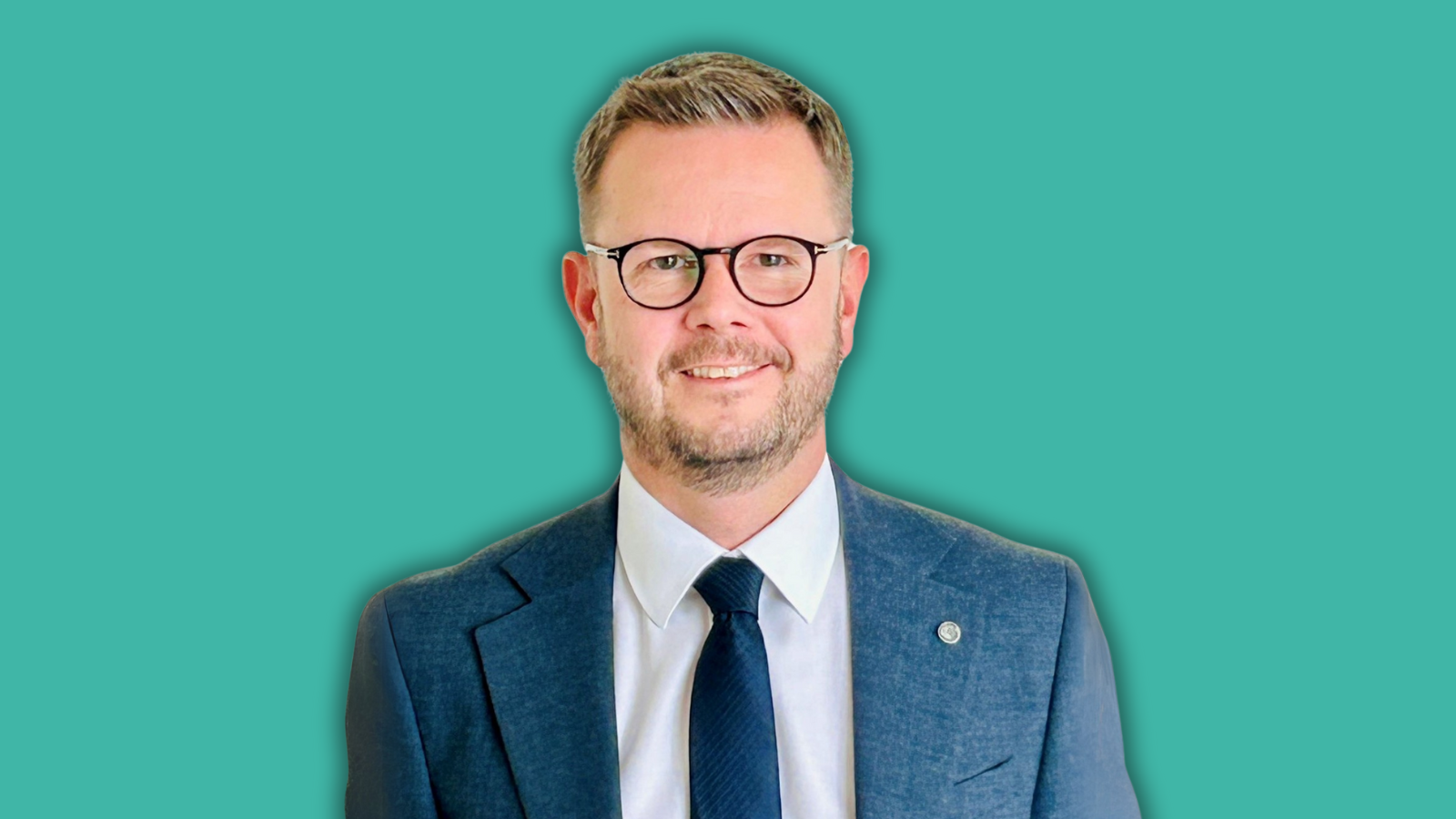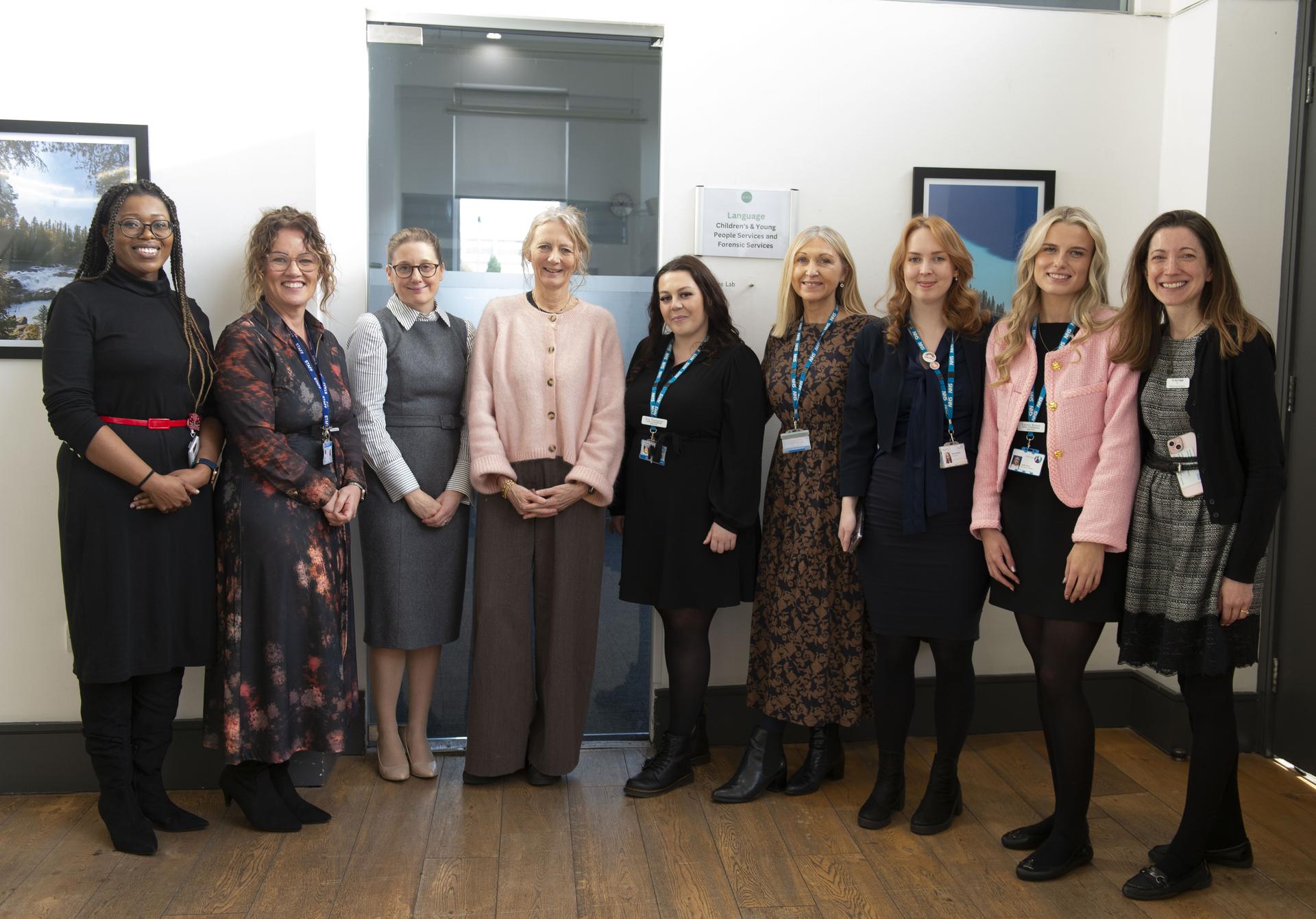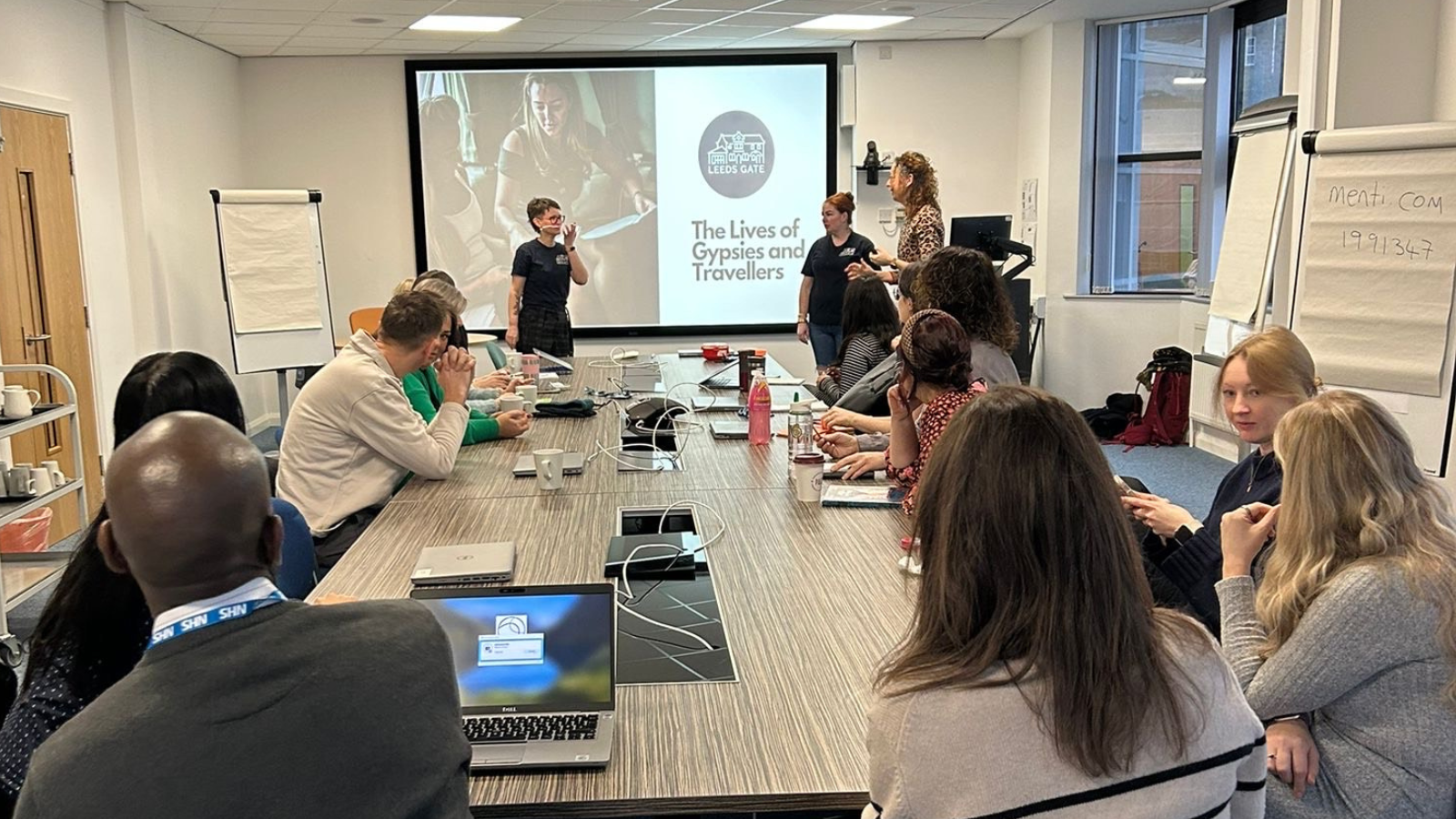 When people find out what I do for a living, I’m sometimes asked what it is like to be responsible for the running of an NHS trust during a period when the NHS is increasingly described as being in a desperate state. Recent news stories appear to support that view: 2025 began with headlines around huge increases in people going to A&Es with minor ailments, patients waiting up to 50 hours in A&E, the Royal College of Nursing’s heart-rending report on corridor care, and most recently stats suggesting patients who wait more than 12 hours in A&E are twice as likely to die within a month.
When people find out what I do for a living, I’m sometimes asked what it is like to be responsible for the running of an NHS trust during a period when the NHS is increasingly described as being in a desperate state. Recent news stories appear to support that view: 2025 began with headlines around huge increases in people going to A&Es with minor ailments, patients waiting up to 50 hours in A&E, the Royal College of Nursing’s heart-rending report on corridor care, and most recently stats suggesting patients who wait more than 12 hours in A&E are twice as likely to die within a month.
It was predicted to be one of the worst winters the NHS has experienced and so it has proved, with peaks of respiratory syncytial virus (RSV), new strains of norovirus and flu all adding to an already busy period for all providers in healthcare. And of course it isn’t over yet.
A simplistic view often emphasised in these headlines is that increased pressure on hospital services is about an increase in patients attending hospital, with the focus on ambulance handovers and overcrowded emergency departments (EDs). Now I’m sure none of us would dispute that we need to address both of those things. However, I often feel to look at our challenges primarily through those lenses can mean that we can end up focusing too much on the symptoms and not enough on the causes. In order to make sustainable improvements, we need to take a more holistic view and be led by what our data tells us.
Interestingly, at Mid Yorkshire our collective data over the last year tells us we haven’t necessarily seen significant increases in additional demand for our urgent care. In common with other trusts, however, we have seen increases in waits for a bed, increases in the numbers within our EDs, and have seen spikes of not being able to take ambulance handovers in as timely a way as we would like.
So why is this? Well, the data tells us the biggest change we have faced this winter is in the length of stay of our patients, which has increased by just under half a day. Half a day may not seem that much but it equates to 13,000 more days when a bed was occupied by a patient than in previous years. There are multifactorial reasons for this, not least the challenges we all face around discharge. However, there are also clear links back to the health of our population; in short, our patients are sicker.
All of this underlines the need to keep our population as fit and healthy as we can, living at home independently for as long as possible and receiving care in the community wherever possible. This is well understood in our region and makes the case for working together in an integrated way stronger than ever.
In our patch, we have some great examples of this in action. Our Emergency Assessment Team (EAT) has been around for over 10 years but it expanded 14 months ago into a multidisciplinary team of therapists, community nurses, social care co-ordinators and a GP. Their aim is to assess any patients who present at an ED with a wide range of conditions, who could potentially be discharged back to their own place of residence because we’ve been able to provide them with equipment, short-term care, signpost them to community services or receive care outside of the acute setting supported by our virtual wards and community antibiotic services. Of all the referrals they received in December, 64% resulted in admission avoidance – a better outcome for the hospital and the patient.
Another example would be the recent introduction OPTICA, launched just before Christmas in partnership with Wakefield and Kirklees social care teams. It’s a system that allows us to collectively track complex discharges, meaning everyone is working from one version of the truth, streamlining processes and helping to reduce the time people are waiting when they need support packages for a safe discharge.
Of course, we also need to look to our own internal processes in order to ensure we are being as efficient as possible when people do need hospital care. To this end, I am very excited that the trust has just introduced Improving Together, which will allow us to take a trust-wide, consistent approach to continuous improvement.
We all know there is no one magic bullet but a whole series of marginal gains that collectively help us progress. So, in the face of a very difficult winter, when people ask me about my job, I say I’m optimistic because I work every day with partners across the system, I see the commitment we all have to the people we serve, and I’m thankful for all the support we offer each other.
Thank you for reading.
 Celebrating six months of success for Leeds Women’s Health Hub
Celebrating six months of success for Leeds Women’s Health Hub

 When people find out what I do for a living, I’m sometimes asked what it is like to be responsible for the running of an NHS trust during a period when the NHS is increasingly described as being in a desperate state. Recent news stories appear to support that view: 2025 began with headlines around huge increases in people going to A&Es with minor ailments, patients waiting up to 50 hours in A&E, the Royal College of Nursing’s heart-rending report on corridor care, and most recently stats suggesting patients who wait more than 12 hours in A&E are twice as likely to die within a month.
When people find out what I do for a living, I’m sometimes asked what it is like to be responsible for the running of an NHS trust during a period when the NHS is increasingly described as being in a desperate state. Recent news stories appear to support that view: 2025 began with headlines around huge increases in people going to A&Es with minor ailments, patients waiting up to 50 hours in A&E, the Royal College of Nursing’s heart-rending report on corridor care, and most recently stats suggesting patients who wait more than 12 hours in A&E are twice as likely to die within a month. Parent Mental Health Day
Parent Mental Health Day The lives of Gypsies and Travellers
The lives of Gypsies and Travellers